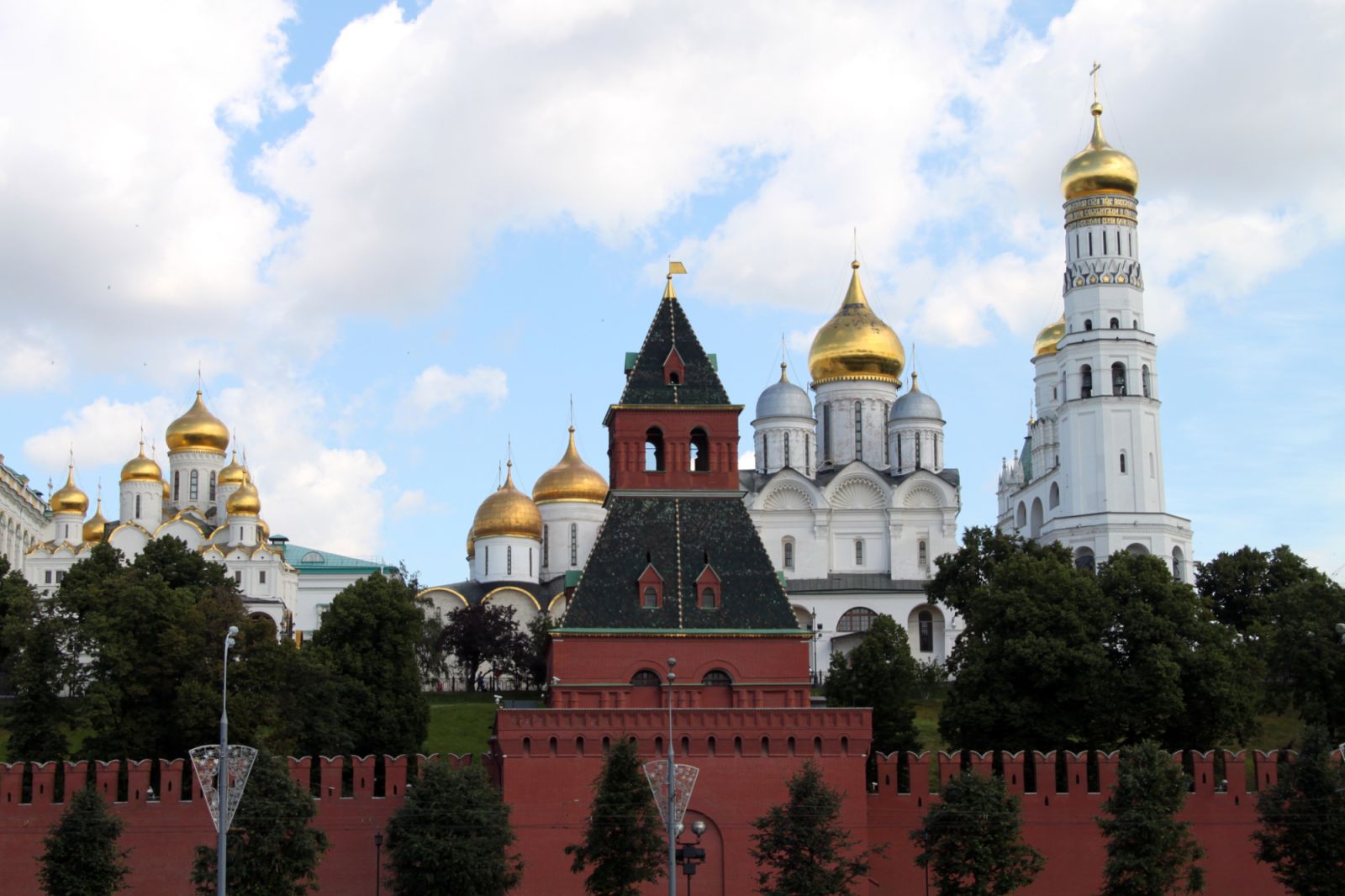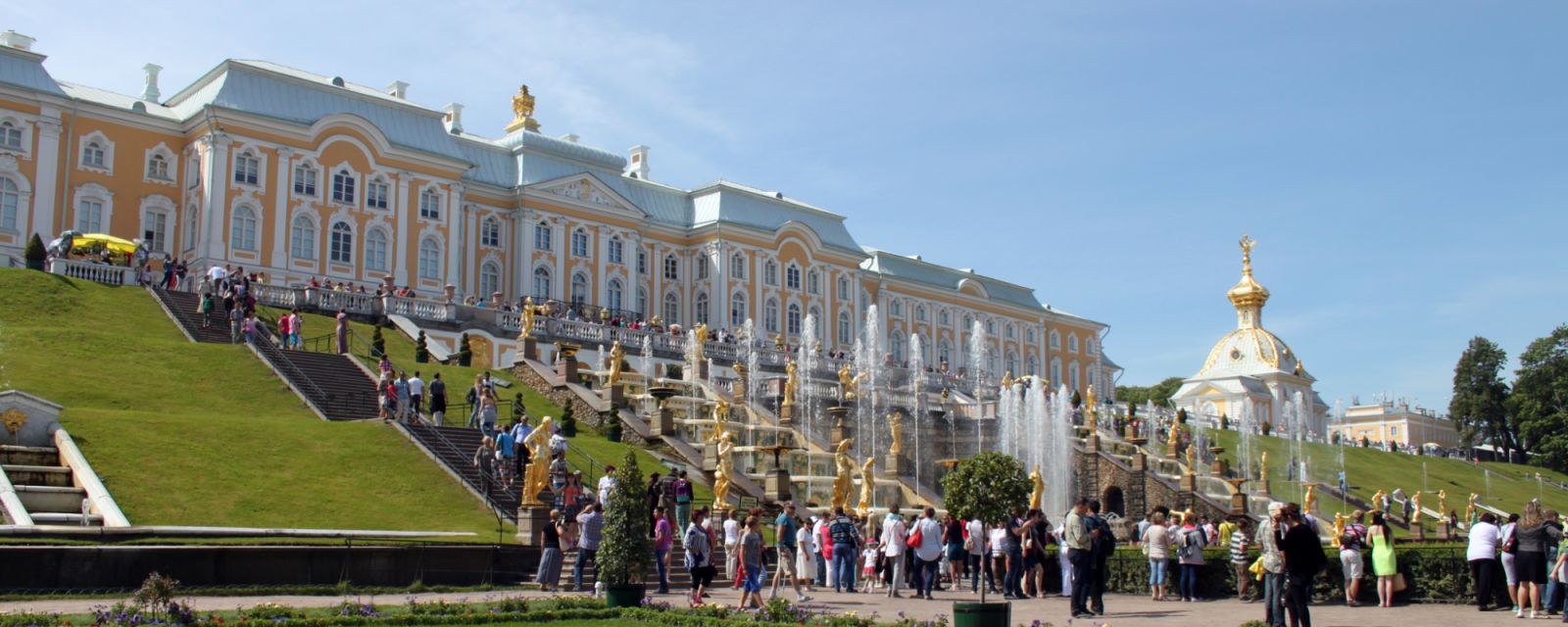Russia
Since the advent of democracy in 1991, when Boris Yeltsin came to power, the world has been able to share Russia’s magnificence, from its imposing architecture to its snow-capped mountains, myriad lakes and rivers – and its intrepid inhabitants.
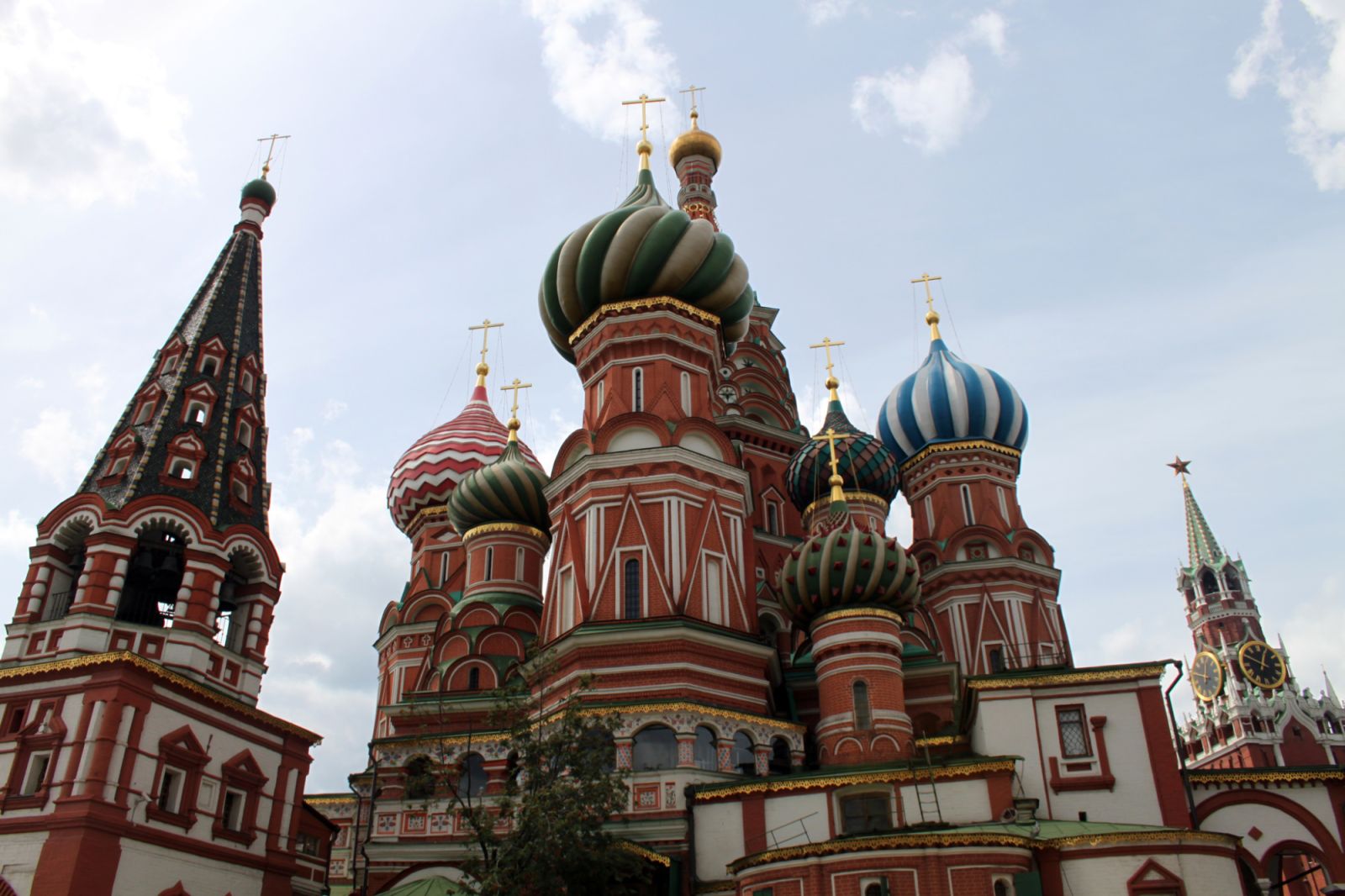
The Cathedral of Vasily the Blessed in Moscow's Red Square is more commonly known as Saint Basil's Cathedral
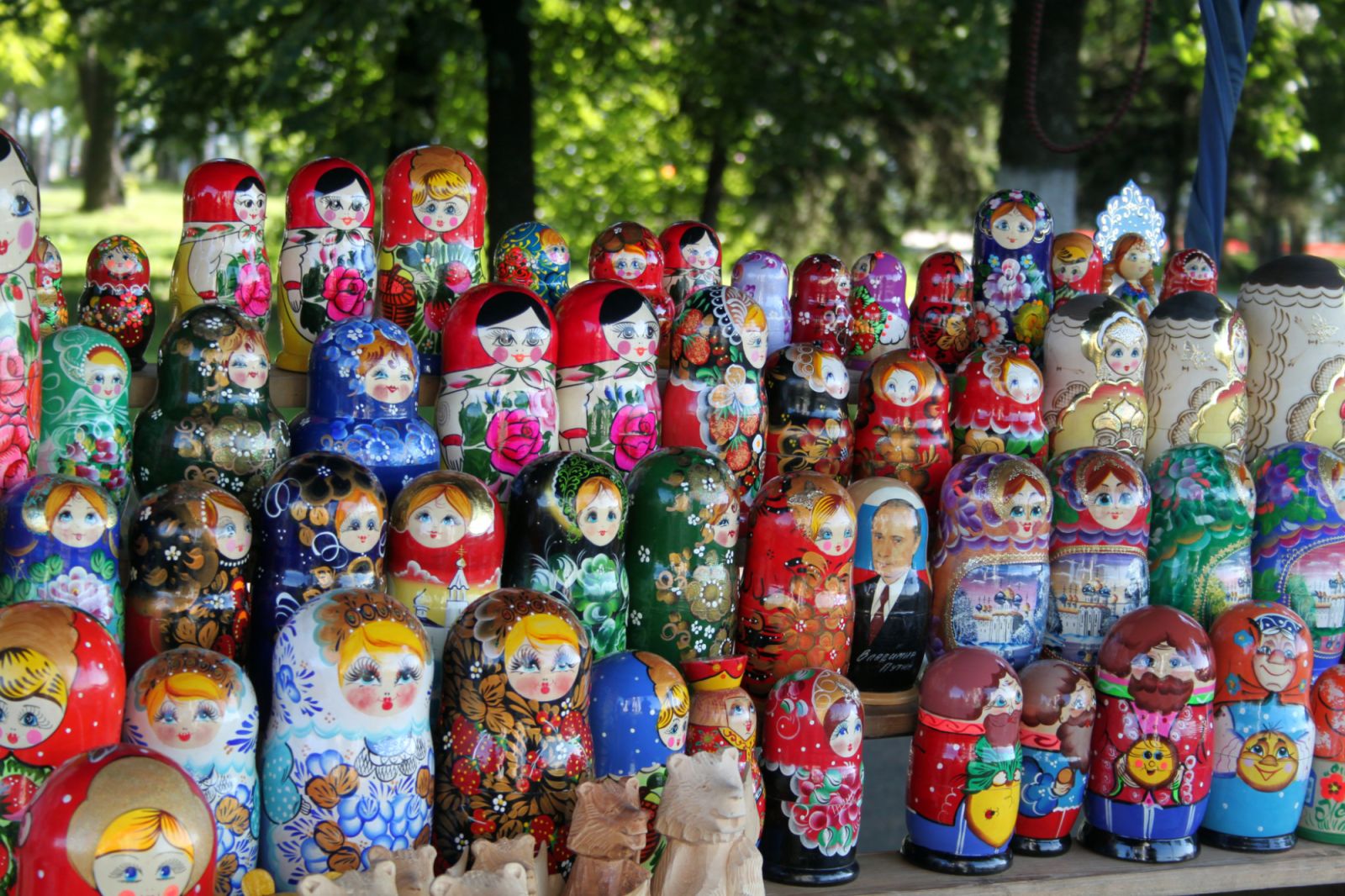
Matryoshka dolls, also known as Russian nesting dolls, come as a set of wooden dolls of decreasing size placed inside one another
At 17,075,200 square kilometres in expanse, Russia is the world's largest country, occupying a tenth of the Earth's landmass. Its vastness can be better understood by the fact that it spans 11 time zones across Europe and Asia, and has coastlines on three oceans, the Arctic, Pacific and Atlantic.
The country borders Norway, Finland, Estonia, Latvia, Lithuania, Belarus and Ukraine, Georgia, Azerbaijan, Kazakhstan, China, Mongolia and North Korea. Most of the Russian population lives in the European part of the country, giving it a notably European influence.
The landscape takes in the extremes, from large deserts to icy coastlines and large marshes to soaring mountain ranges such as the Ural and Altay. Siberia comprises 75 percent of Russia, with massive pine forests known as "taigas". The most common biome is the Russian "steppe", endless rolling treeless plains, while the tundra makes up the balance.
The variation in ecosystems provides a home to a number of rare animal species, from the Asiatic black bear to the snow leopard, polar bear and pika (similar to the rabbit). The most famous member of Russia's fauna is the Siberian tiger – weighing up to 300kg which makes it the largest feline in the world – indigenous to the forests of in the east.
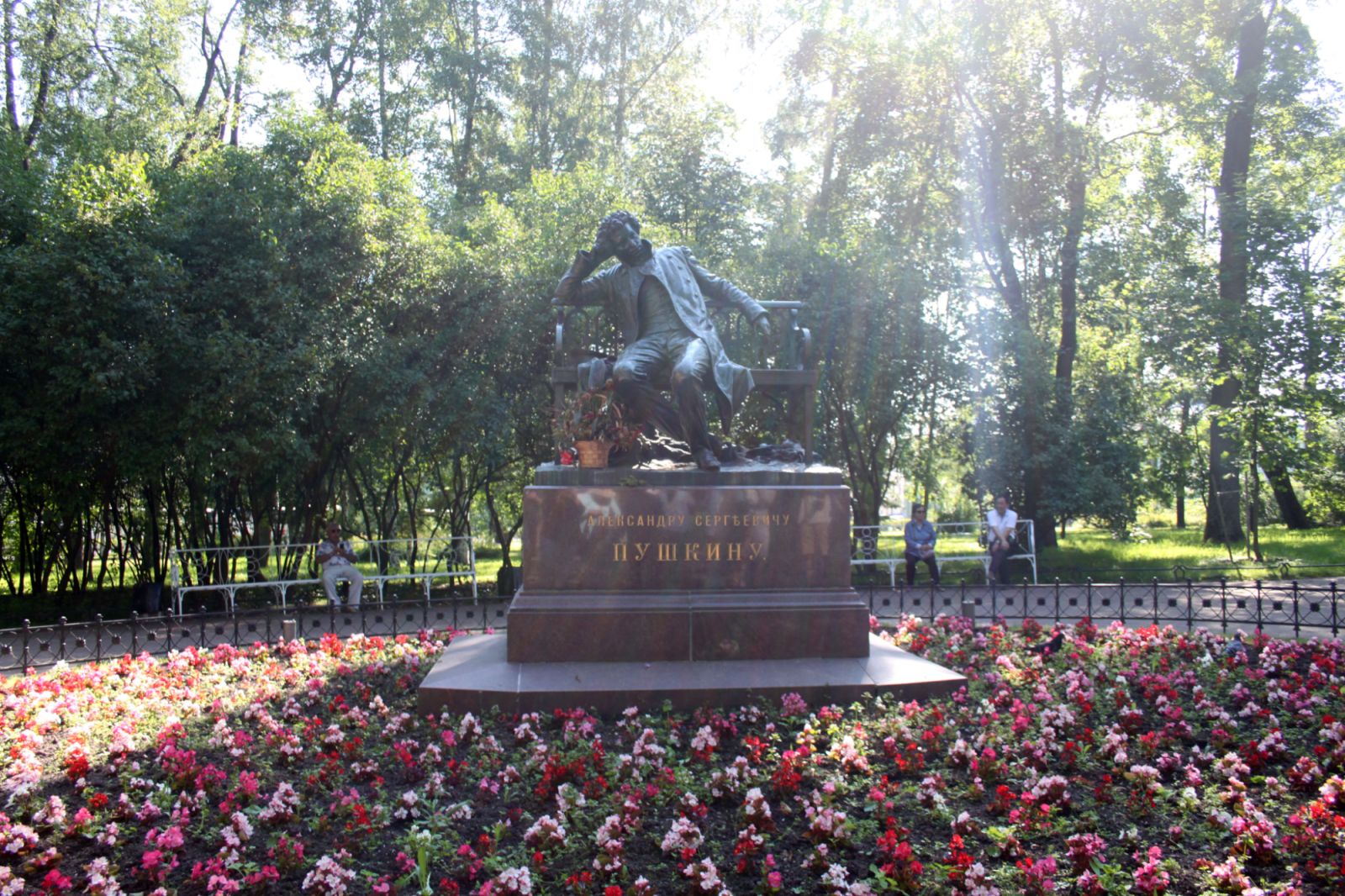
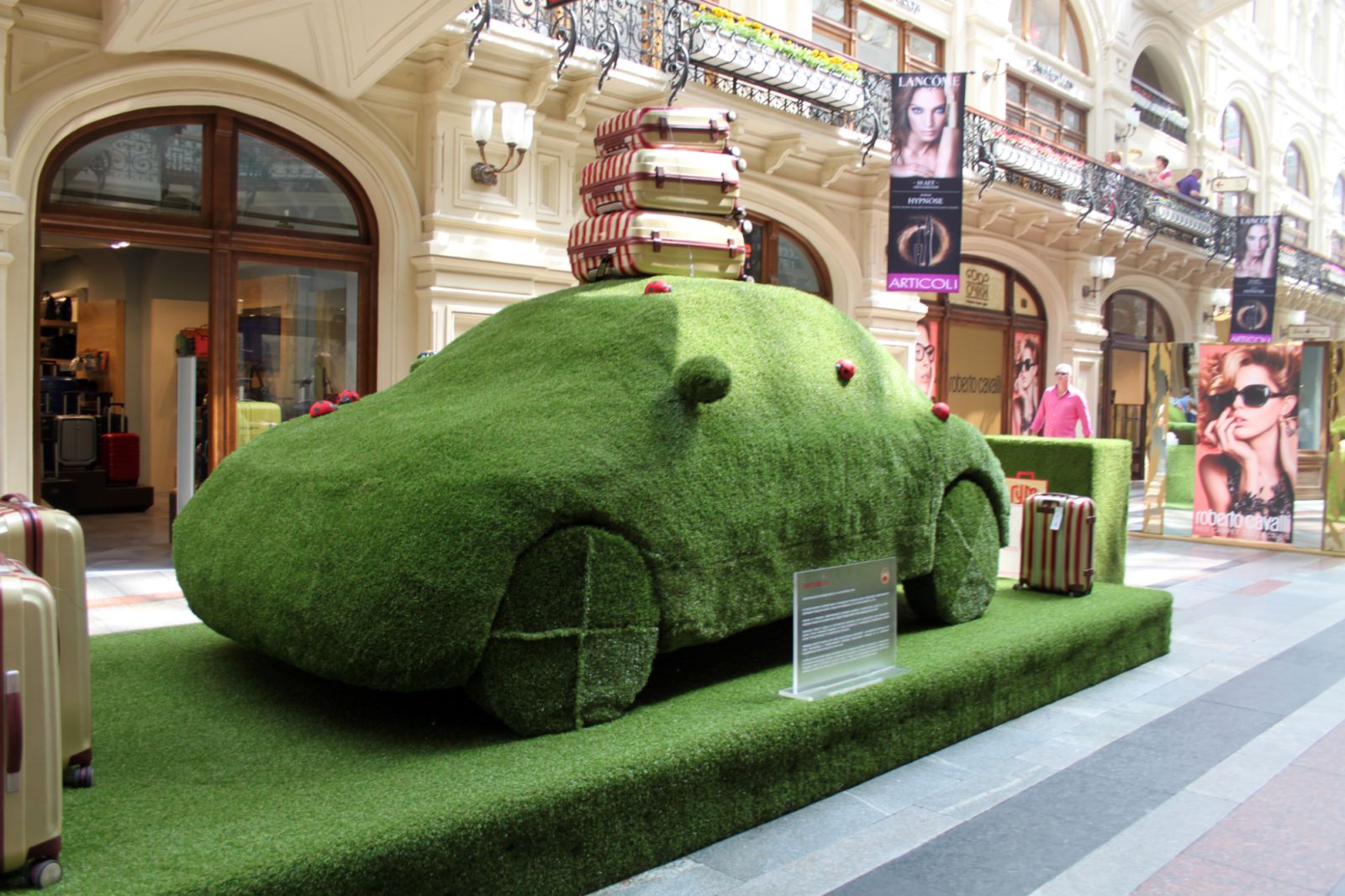
The countryside is punctuated by more than 100 000 rivers including the Amur, Irtysh, Lena, Ob, Volga and Yenisey, representing some of the longest and biggest on Earth. It is also home to many lakes, including Europe's Ladoga and Onega, and Lake Baikal, the world's cleanest lake which contains 20 percent of the planet's fresh water.
The first settlers arrived on Russian soil around 500AD when Scandinavians colonised an area near the upper Volga River. Together with Slavs who arrived from the west, the colony grew to become the Ukrainian city of Kiev.
Kiev governed most of Russia for around 200 years before the region splintered to form the Ukraine, Belarus and Muscovy. Muscovy's capital, Moscow, which today forms the capital of the country and home to 144, 125, 000 Muscovites.
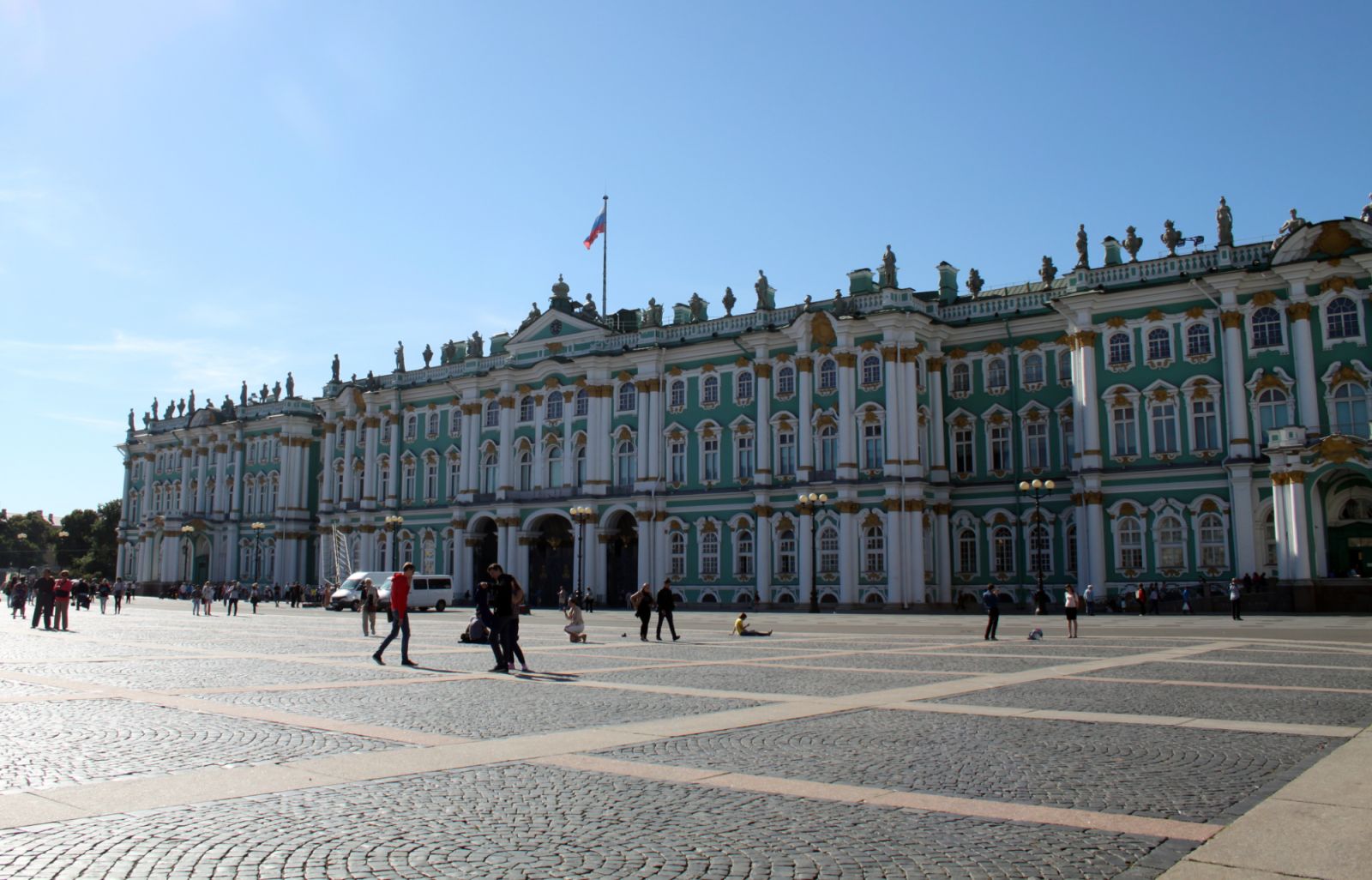
Russia's seat of government, the Kremlin
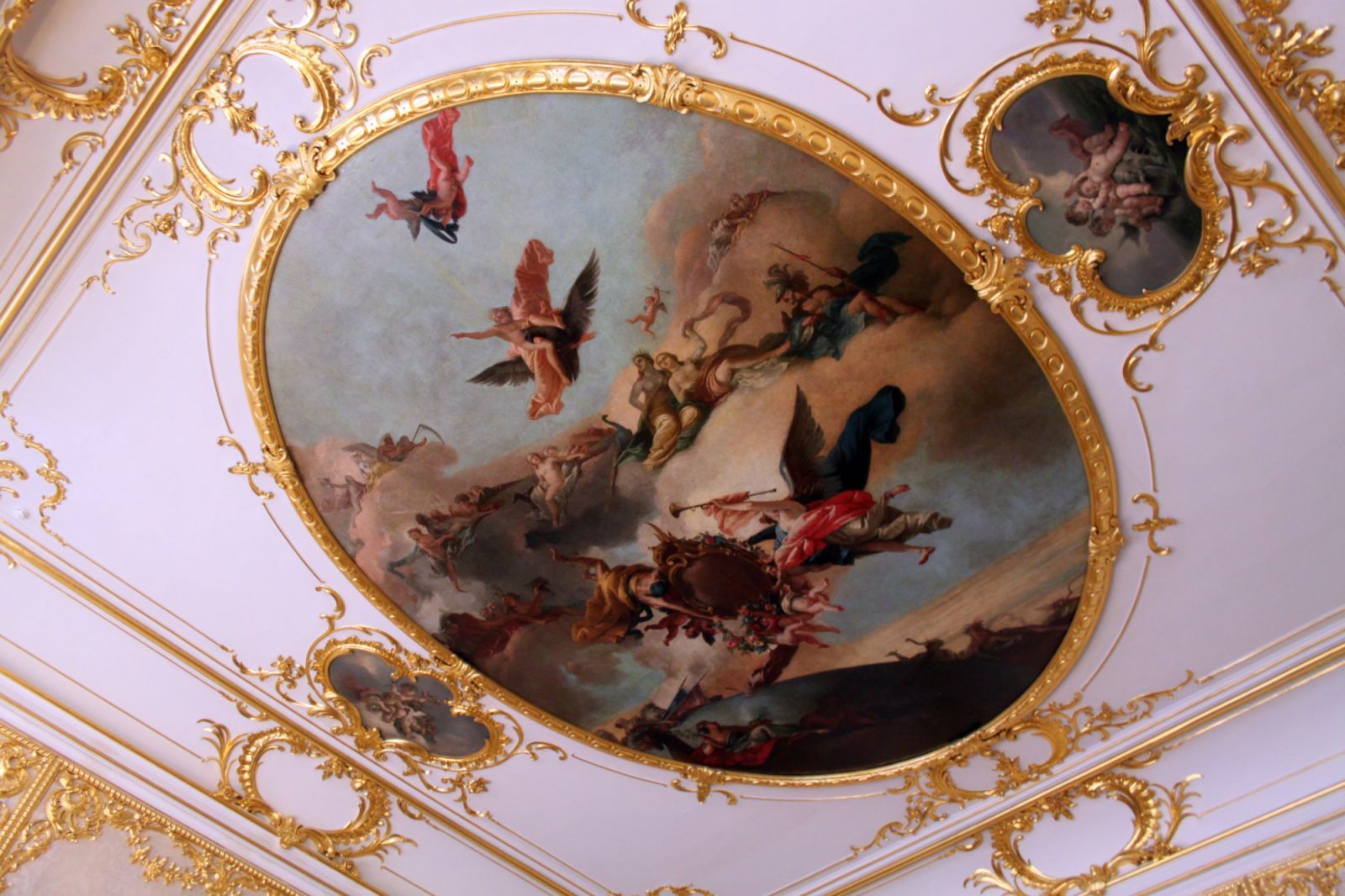
In the 1500s Ivan IV became the first in a line of Russian tsars, one of whom was Peter the Great, who became a tsar at age 10 and made it his life's work to modernise his country.
In 1917 the Russian people revolted, overthrew the tsar and formed a new government. Not long after the revolution the Bolsheviks seized power under the leadership of Vladimir Lenin and established the Union of Soviet Socialist Republics which incorporated Russia and 11 other countries.
During World War II Russia and the United States fought as allies, but not long after hostilities ceased in 1945 relations between the two superpowers soured and the Cold War set in. After the Cold War ended in 1991 the Soviet Union was dissolved.
Although an estimated 80 percent of Russians are descendants of the Slavs, modern Russia has around 120 ethnic groups who speak more than 100 different languages.
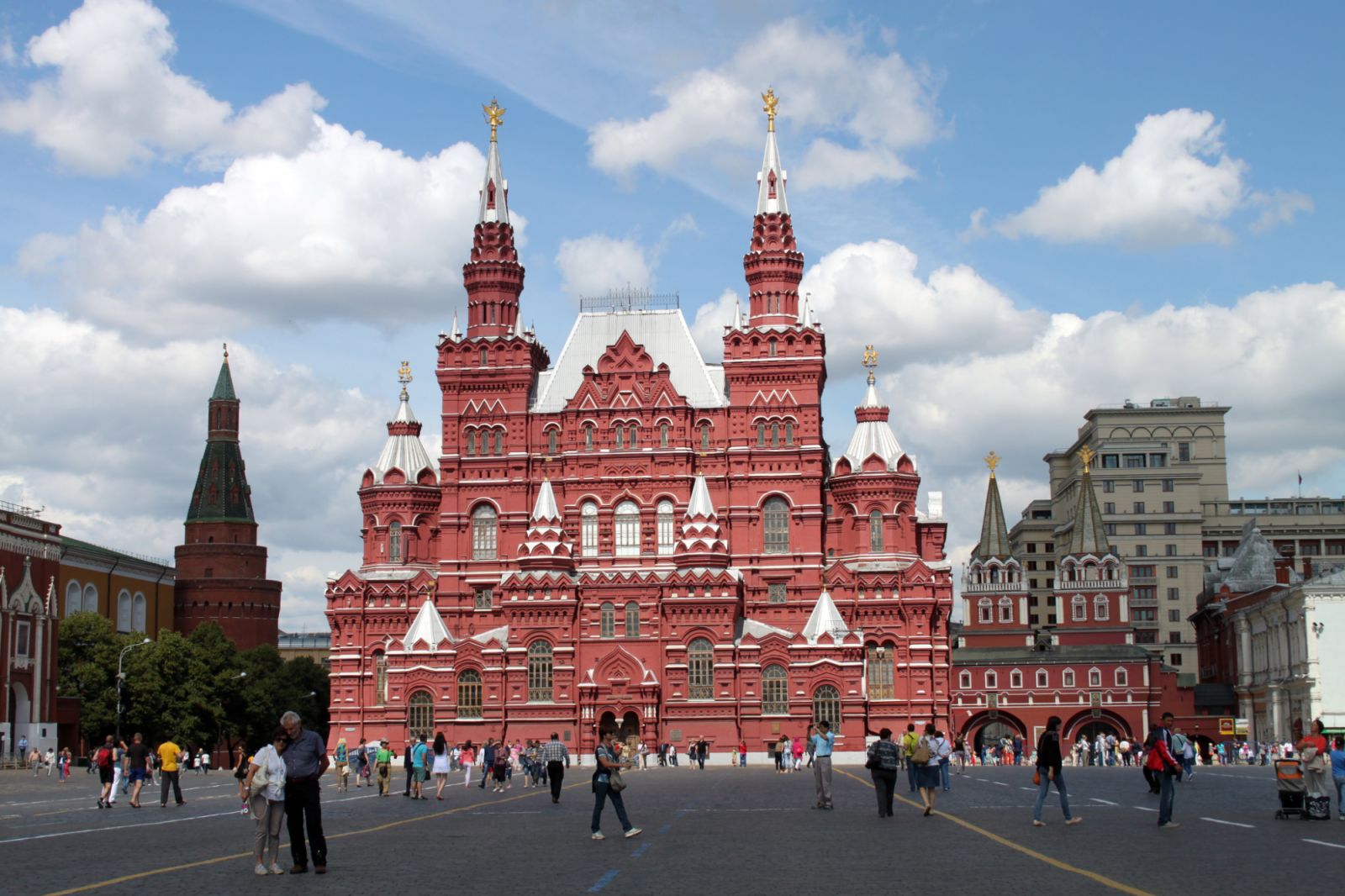
Modern Russia is a young democracy that dates back to 1991. The country is led by a democratically elected president. The seat of government in Moscow governs Russia’s federation of 86 republics, provinces, territories and districts.
The country’s economy is driven by a wealth of natural resources such as gold, iron ore, aluminium, oil and coal.
With so much to whet the appetite of a first-time tourist to Russia, practical advice is to hone in on the country’s two major cities, Moscow and St Petersburg, for their bounty of attractions.
Here are some must-do destinations:
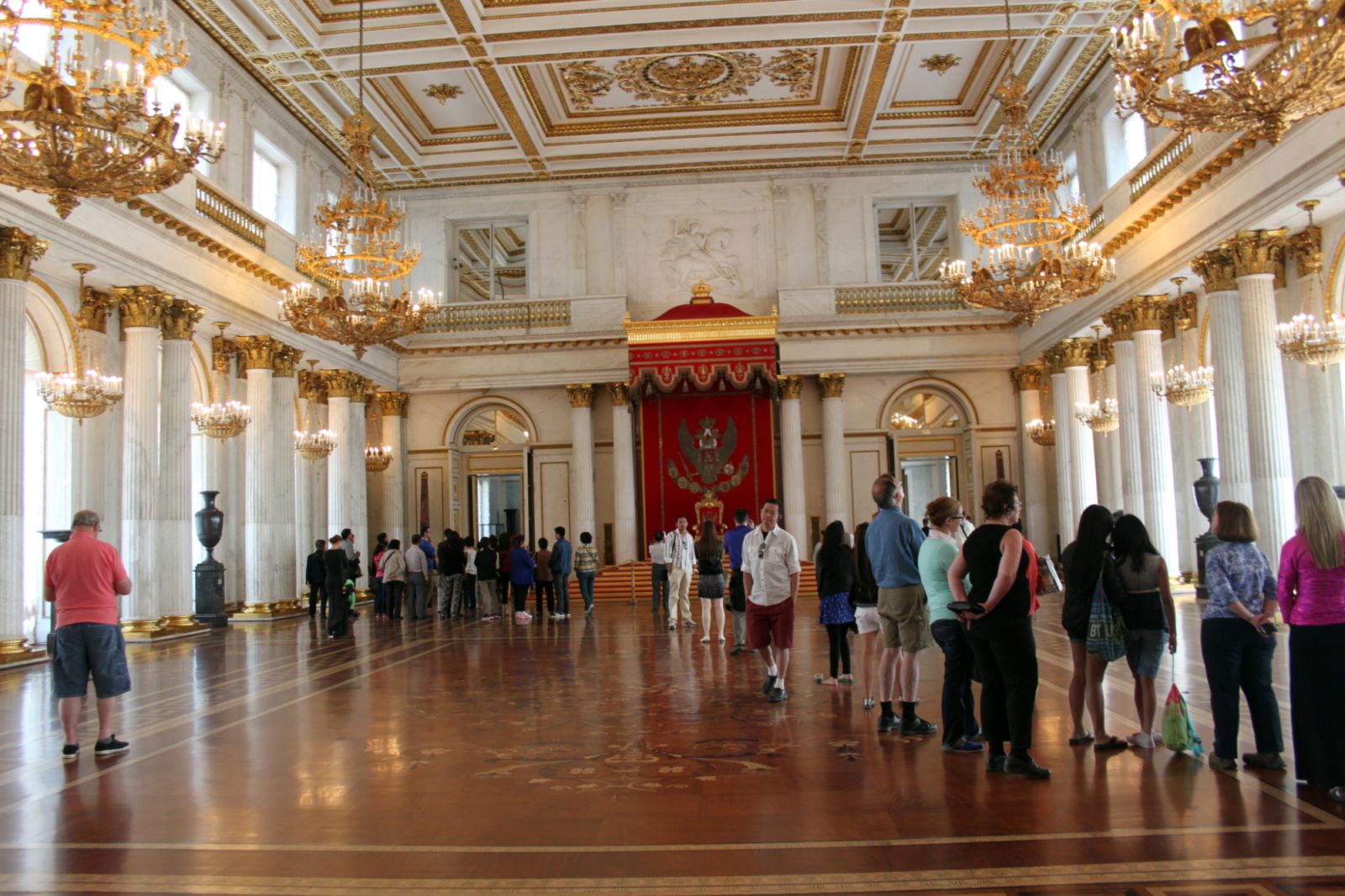
- In Moscow don't miss Red Square, St Basil's Cathedral and the Kremlin (seat of government) before moving on to Christ the Saviour Cathedral and the VDNKh exhibition centre
- A circle of eight cities an hour to the north-east of Moscow is known as the Golden Ring. These offer a taste of rural and medieval Russia
- Rural attractions include the hot springs and geysers of the Kamchatka Peninsula, Kighi Island Lake Onega
- In St Petersburg include the Winter Palace and Heritage Museum, a repository of three million artefacts from the days of imperial Russia
- The Republic of Karelia in the north-west if popular for its many examples of traditional wooden architecture and for its outdoor activities during the summer months
- A train journey on the 9 000km-long Trans-Siberian Railway. Plan a trip that includes disembarking at cities of interest such as Yekaterinburg, Irkutsk, Birobidzhan, Perm – and Lake Baikal
